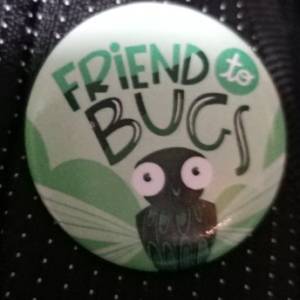A question of colour
When I see a caterpillar I enjoy trying to guess which butterfly/moth it will become. A simple rule of thumb is that if the caterpillar is hairy or furry it will turn into a moth, if it has spikes it is most likely going to become a butterfly but if it is smooth like the leave-eating creature on the photo, it could be one or the other, there's simply no way to tell. But does the colour of the caterpillar predict the colour of the adult? Not at all, for example the caterpillar that I have captured while it was looking for a suitable pupation site will turn into a spurge hawk moth of a rather dull coloration. Why is that? A group of Australian scientist examined 61% of all known Australian butterflies and found out that colour is decoupled across life stages, i.e. there can be different evolutionary pressure for the coloration of various life stages. Early stage larvas are often green because they have to hide from predators on leaves or stems. As the larvae/caterpillar grows and molts it will need to expose itself more and therefore evolutionary pressure might call for aposematism (poison warning to predators) to develope. The colour of the adult may then either be a cryptic antipredator colour (if the most important factor for its survival and mating is to be able to camouflage, but they will not be green as they do not feed on leaves like the caterpillar) or their colour might be a bright and flashy colour for sexual selection.
From this we can deduce that whereas the spurge hawk moth caterpillar is poisonous and wants predators to stay off, the moth itself wants to be able to hide on a treatrunk and therefore has a dull brownish colour with a red stripe that becomes visible only in flight to warn the "in air" predators!
- 35
- 4
- Canon EOS 70D
- 1/323
- f/4.0
- 105mm
- 100

Comments
Sign in or get an account to comment.


